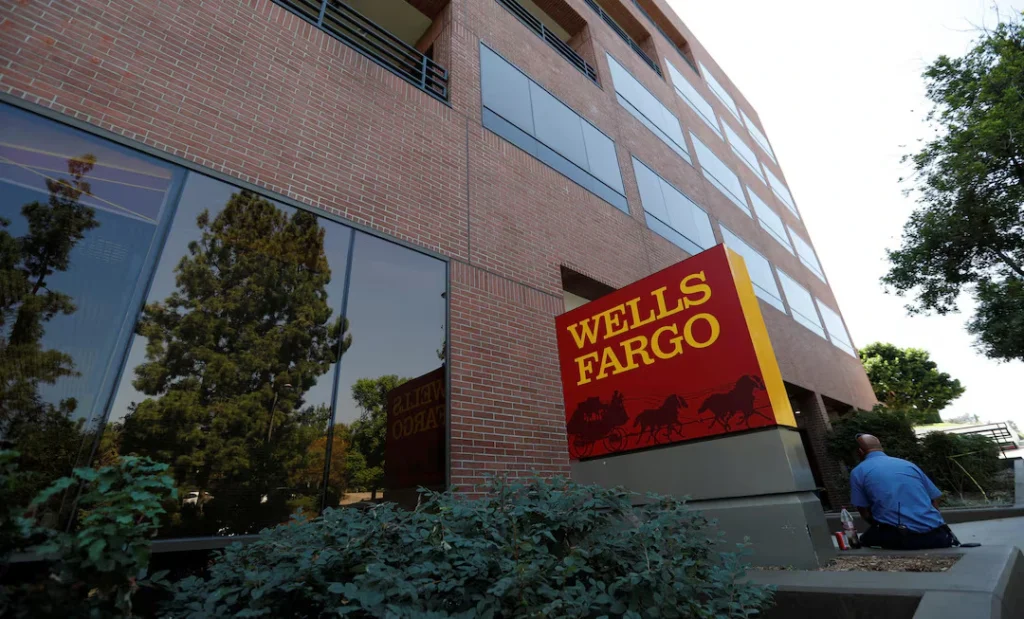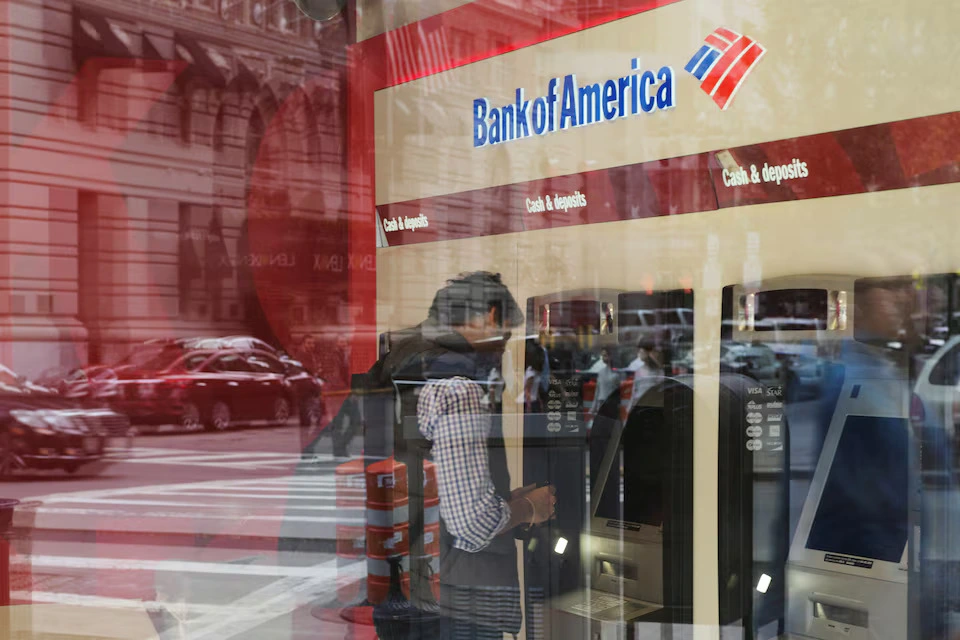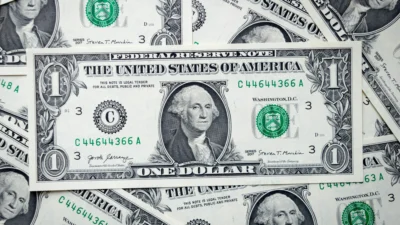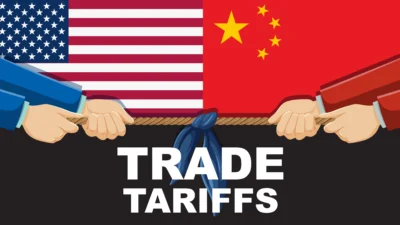US Bank Profits to Rise on Stronger . After years of navigating economic uncertainty, regulatory hurdles, and geopolitical tensions, America’s financial powerhouses are finally catching a strong wind. Investment banking and trading desks are roaring back to life, fueling a surge in profits across Wall Street. Add a business-friendly regulatory environment under the Trump administration, and the outlook for U.S. bank earnings in 2025 and beyond is brighter than it’s been in years.
So, what’s changed? For one, global markets are stabilizing, giving a much-needed boost to dealmaking activity. Second, the return of volatility in both equity and bond markets has created fertile ground for trading profits. And third, the regulatory reins are loosening—thanks to Trump’s deregulatory agenda—giving banks more room to maneuver and maximize returns. Earnings per share (EPS) across major institutions like JPMorgan Chase, Goldman Sachs, and Bank of America are expected to climb sharply as a result.
It’s not just a lucky break. It’s a combination of strategy, market shifts, and political tailwinds that’s putting Wall Street back in the driver’s seat. Let’s break it down.
The Rebound of Investment Banking
For much of the past decade, investment banking was on life support. Trade tensions—especially during the U.S.-China trade war—put a freeze on cross-border deals and raised global uncertainty. With corporations cautious and capital markets jittery, M&A activity dried up, and IPO pipelines stalled. But fast forward to mid-2025, and the story has flipped.
After bottoming out in the early 2020s, investment banking revenue is experiencing a robust resurgence. In the first two quarters of 2025 alone, deal volume has jumped by nearly 30% year-over-year. Companies are once again pursuing mergers, acquisitions, and public offerings with vigor. Pent-up demand from the slowdown years is fueling a wave of activity.
JPMorgan Chase’s investment banking division reported a 25% increase in fees in Q2 2025, citing a flood of tech sector M&As and renewed energy sector consolidation. Goldman Sachs, long considered the gold standard in investment banking, recorded its best quarter since 2019, driven by high-margin advisory work and underwriting revenues.
What’s behind the boom? Stabilized interest rates, reduced geopolitical tensions, and a clearer regulatory outlook. CEOs feel more confident pulling the trigger on big deals—and banks are back in their natural role as facilitators of capital and strategy. The uptick in corporate confidence is real, and Wall Street is cashing in.

Trading Revenues Surge Across Wall Street
Trading desks, once a headache for risk managers, are now back in favor—and for good reason. With global markets finally embracing volatility, banks are capitalizing on price swings in stocks, bonds, and commodities. It’s not chaos—it’s opportunity.
Bond trading, in particular, has surged. With fluctuating Treasury yields and central banks around the world tweaking their monetary stances, fixed-income desks are thriving. Equity markets, too, are seeing wild swings, especially in tech and biotech sectors, driving volumes and commissions.
JPMorgan’s markets division posted a 40% surge in trading revenue in Q2, while Morgan Stanley noted “record client activity” across its institutional equities division. Citigroup saw double-digit growth in both credit and rates trading. Traders are doing what they do best—capitalizing on chaos—and the result is a boost to the bottom line.
Behind the scenes, banks are also deploying cutting-edge algorithms and AI-driven platforms to execute faster, more efficiently, and with less risk. The smarter the tools, the sharper the execution. And right now, tech is giving trading operations an edge that didn’t exist five years ago.
M&A and IPO Markets Return to Life
The capital markets are buzzing again. After a lull that began in the pandemic era and extended through the trade war turbulence, the appetite for M&A and IPOs is back with a vengeance. It’s a goldmine for investment banks.
Mega-deals in the healthcare, AI, and green energy sectors are leading the charge. Just last quarter, Bank of America advised on a $45 billion merger between two pharmaceutical giants—a deal that generated tens of millions in advisory fees. Meanwhile, IPO activity is picking up speed, with more than 120 companies going public in the first half of 2025.
The SPAC boom may have fizzled out, but traditional IPOs are proving their mettle again. Investment banks are raking in hefty underwriting fees and leveraging their analyst arms to support new listings. This virtuous cycle—where deal activity feeds more trading and vice versa—is creating a perfect storm of profit potential.
Startups are finally finding receptive public markets again, and private equity firms are back to deploying capital aggressively. For banks, this means one thing: more deals, more fees, and more upside.





